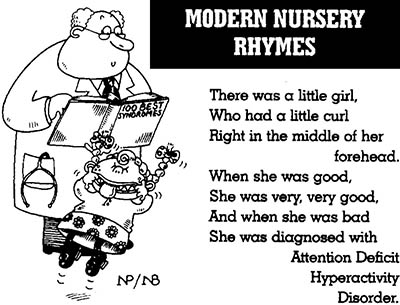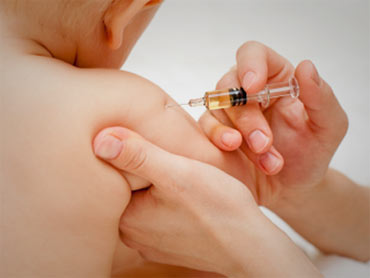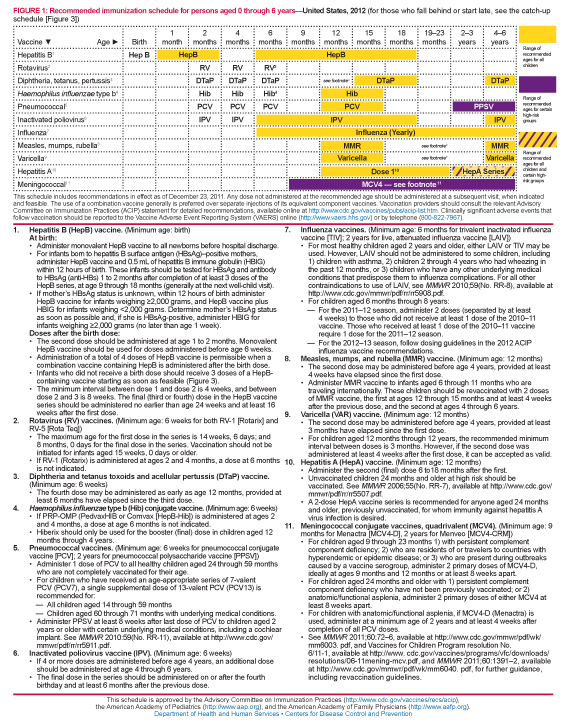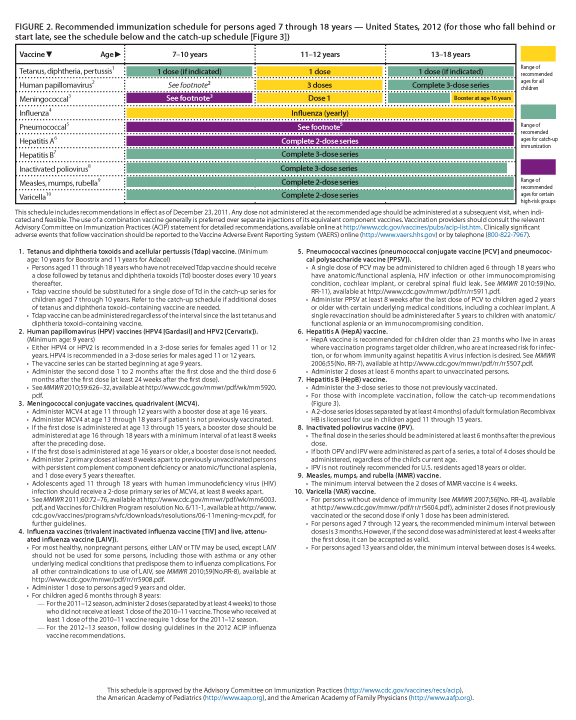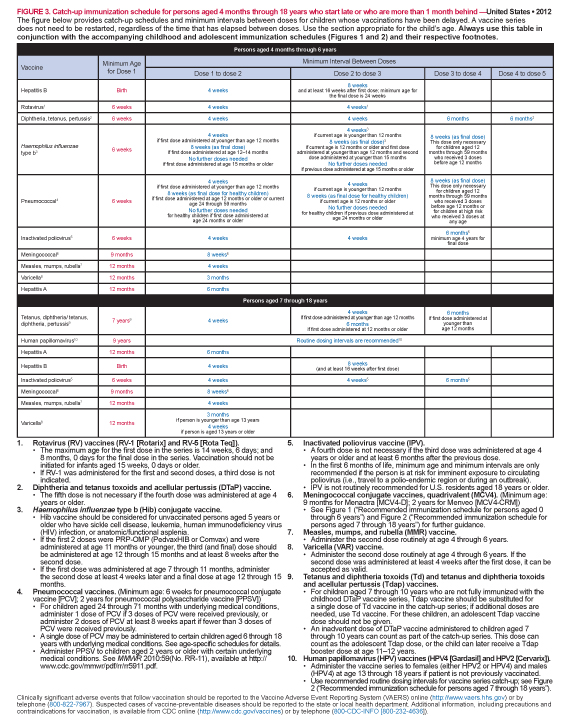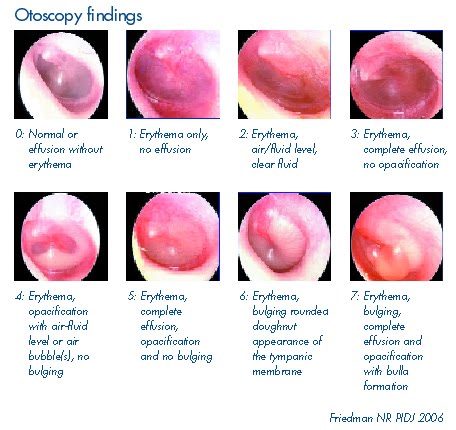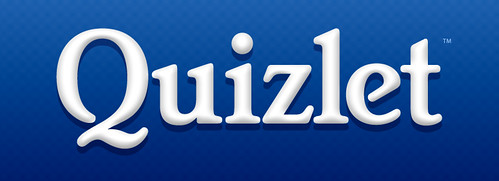BCPS 2013: Infectious Disease (Pneumonia)
/Infectious Disease. The topic that I like but loathe. At the same time. Pneumonia
- Community Acquired Pneumonia (CAP) - not hospitalized 2 days or more within the past 90 days, not in a LTC facility/residence, no IV antibiotic therapy, IV chemo, or wound care in the past 30 days, or attendance at a hospital or dialysis clinic. Must have at least two of the following symptoms: fever or hypothermia, rigors, sweats, new cough (with or without sputum), chest discomfort, onset of dyspnea, or fatigue, pain, headache, myalgias, anorexia.CURB-65 - predictor of complicated course and whether to admit to the hospital. Give a point for each of the following: age > 65, comorbid illnes (DM, CHF, lung dz, renal dz, liver dz), high temp > 101F, Bacteremia, altered mental status (think elderly), immunosuppression (cancer, steroid use), High-risk etiology (S. aureus, legionella, G- bacilli, anaerobic aspiration), multilobe involvement or pleural effusion.
- Nosocomial Pneumonia: Hospital Acquired Pneumonia (HAP) (48 hours or more after admission), Ventilator Assoc Pneumo (more than 48–72 hours after intubation), Health care Assoc Pneumo (2 or more days within 90 days of the infection) - know risk factors of nosocomial pneumonia. Pretty common sense.
- CAP Organisms: Unidentifiable (40-60%), M.pneumo, S. pneumo, H.flu, C.pneumo, viruses, S. aureus, Moraxella cat,
- Alcoholics - S. pneumoniae, oral anaerobes, gram negative bacilli
- Nursing Home - S. pneumoniae, H. influenzae, gram negative bacilli, S. aureus
- COPD - S. pneumoniae, H. influenzae, M. catarrhalis
- Postinfluenza: H. influenzae, S. aureus, S. pneumoniae
- Exposure to water: Legionella
- Poor oral hygiene: oral anaerobes
- HIV infection: P. jiroveci, S. pneumoniae, M. pneumoniae, Mycobacterium
HAP Organisms: S. aureus, Pseudomonas aeruginosa, Enterobacter spp., Klebsiella pneumoniae, Candida, Acinetobacter spp., Serratia marcescens, Escherichia coli, S. pneumoniae
P. aeruginosa is transmitted by health care workers’ hands or respiratory equipment S. aureus is transmitted by health care workers’ hands Enterobacteriaceae endogenously colonize hospitalized patients’ airways (healthy people seldom have gram negative upper airway colonization) Stress changes respiratory epithelial cells so that gram-negative organisms can adhere Up to 70% of patients in the intensive care unit have gram-negative upper airway colonization, and 25% of them will become infected through aspiration
TREATMENT
CAP - duration of treatment at least five days:
Empiric nonhospitalized - prev healthy and no abx in past 3 mos - macrolide or doxy (macrolide if H.flu suspected) and if comorbidities present or recent antibiotics in past 3 months - Respiratory fluoroquinolone (moxifloxacin, gemifloxacin, or levofloxacin [750 mg])
-- OR -- Macrolide (or doxycycline) with high-dose amoxicillin (1 g 3 times/day) or amoxicillin/clavulanate (2 g 2 times/day) or with a cephalosporin (ceftriaxone, cefuroxime, or with cefpodoxime)
Empiric treatment of hospitalized patients with moderately severe pneumonia - Respiratory fluoroquinolone
--OR-- Ampicillin, ceftriaxone, or cefotaxime (ertapenem in select patients) plus a macrolide (or doxycycline)
Empiric treatment of hospitalized patients with severe pneumonia requiring intensive care unit treatment (may need to add other antibiotics if P. aeruginosa or MRSA is suspected)
- Ampicillin/sulbactam plus either a respiratory fluoroquinolone or azithromycin
- Ceftriaxone plus either a respiratory fluoroquinolone or azithromycin
- Cefotaxime plus either a respiratory fluoroquinolone or azithromycin
Treatment duration—at least 5 days, with 48–72 hours afebrile and no more than one sign of clinical instability (elevated temperature, heart rate, or respiratory rate; decreased systolic blood pressure; or arterial oxygen saturation) before therapy d/c
Hospital Acquired Pneumonia - Treatment duration—Efforts should be made to decrease therapy duration to as short as 7 or 8 days (14 days for pneumonia secondary to P. aeruginosa).
- Early onset (less than 5 days) and no risk factors for multidrug-resistant organisms - Common organisms include S. pneumoniae, Haemophilus influenzae, (MSSA), Escherichia coli, Klebsiella pneumoniae, Enterobacter spp., and Proteus spp. -- Treatment -- Third-generation cephalosporin (cefotaxime or ceftriaxone), Fluoroquinolone (levofloxacin, moxifloxacin, ciprofloxacin), Ampicillin/sulbactam, OR Ertapenem
- Late onset (5 days or longer) or risk factors for MDR organisms - Common organisms include those listed above for early onset plus Pseudomonas aeruginosa, K. pneumoniae (extended spectrum β-lactamase positive), Acinetobacter spp., MRSA, and Legionella pneumophila. -- Treatment -- a. Ceftazidime or cefepime plus aminoglycoside or fluoroquinolone (cipro-, levo-) b. Imipenem, meropenem, or doripenem plus aminoglycoside or fluoroquinolone (ciprofloxacin, levofloxacin), OR c. Piperacillin/tazobactam plus aminoglycoside or fluoroquinolone (ciprofloxacin, levofloxacin) ***Vancomycin or linezolid should be used only if MRSA risk factors (e.g., history of MRSA infection/colonization, recent hospitalization or antibiotic use, presence of invasive health care devices) are present or there is a high incidence locally (greater than 10%–15%).
Risk factors for MDR organisms -- Antibiotic therapy within the past 90 days, Hospitalization of 5 days or more, High resistance in community or hospital unit, Risk factors for health care–associated pneumonia, Immunosuppressive disease and/or therapy
A wonderful article published just last November that I love. (Pharmacy Times) Only thing is it doesn't go into the detail of the different antibiotics with Late vs Early Onset of Hospital Acquired. Just CAP. That's OK
And because guidelines haven't changed, my quizlet from last year. Hope you enjoy:



